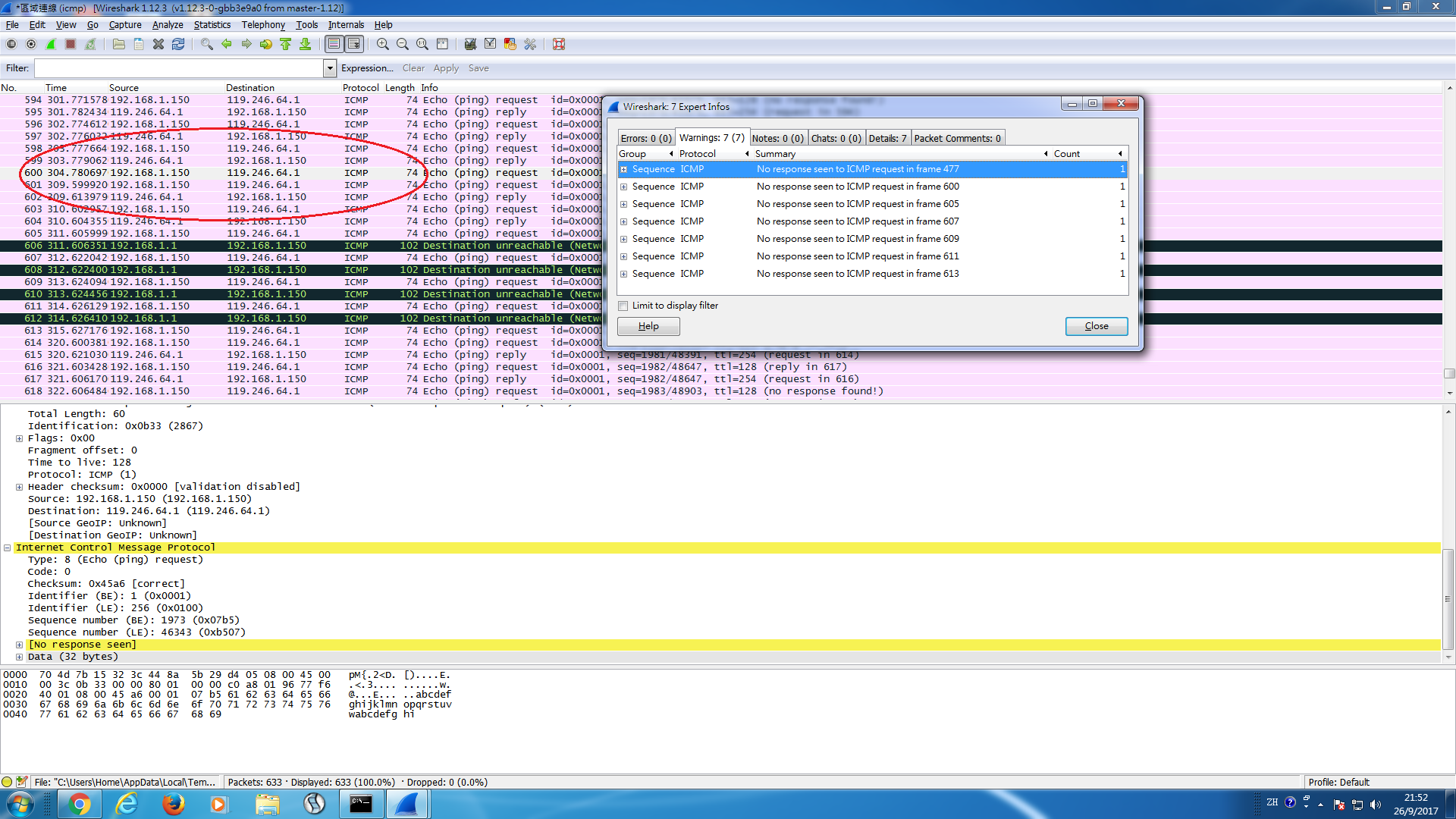
Google Patents US20180262388A1 - Remote device deployment RFC 3489 STUN - Simple Traversal of User Datagram Protocol (UDP) Through Network Address Translators (NATs) - the first version of STUN.US20180262388A1 - Remote device deployment There is no preference setting for the STUN dissector. The well known UDP/TCP port for STUN traffic is 3478.

UDP/ TCP/ TLS: Typically, STUN uses UDP, TCP or TLS as its transport protocol.The current draft of STUN (draft-ietf-behave-rfc3489bis-05) is in WGLC in the Behave WG of the IETF, and the relay usage (formerly known as TURN) will be soon in WGLC. There was some deployments in the field of implementations based on this draft (draft-ietf-rfc3489bis-02 and draft-rosenberg-midcom-turn-08) After this, the development of STUN was essentially rebooted, and TURN became a STUN usage. Also TURN was designed as a STUN extension to create a packet relay. After the publication of RFC 3489, the work restarted to fix the problems, and the NAT behavior discovery usage was removed.

It was a simple client/server protocol with two usages: Finding the binding IP address and port in a NAT, and discovering the NAT behavior. STUN was originally an acronym for Simple Traversal of UDP Through NAT. Simple Traversal Underneath NATs (STUN) is a lightweight protocol that serves as a tool for application protocols in dealing with NAT traversal.


 0 kommentar(er)
0 kommentar(er)
